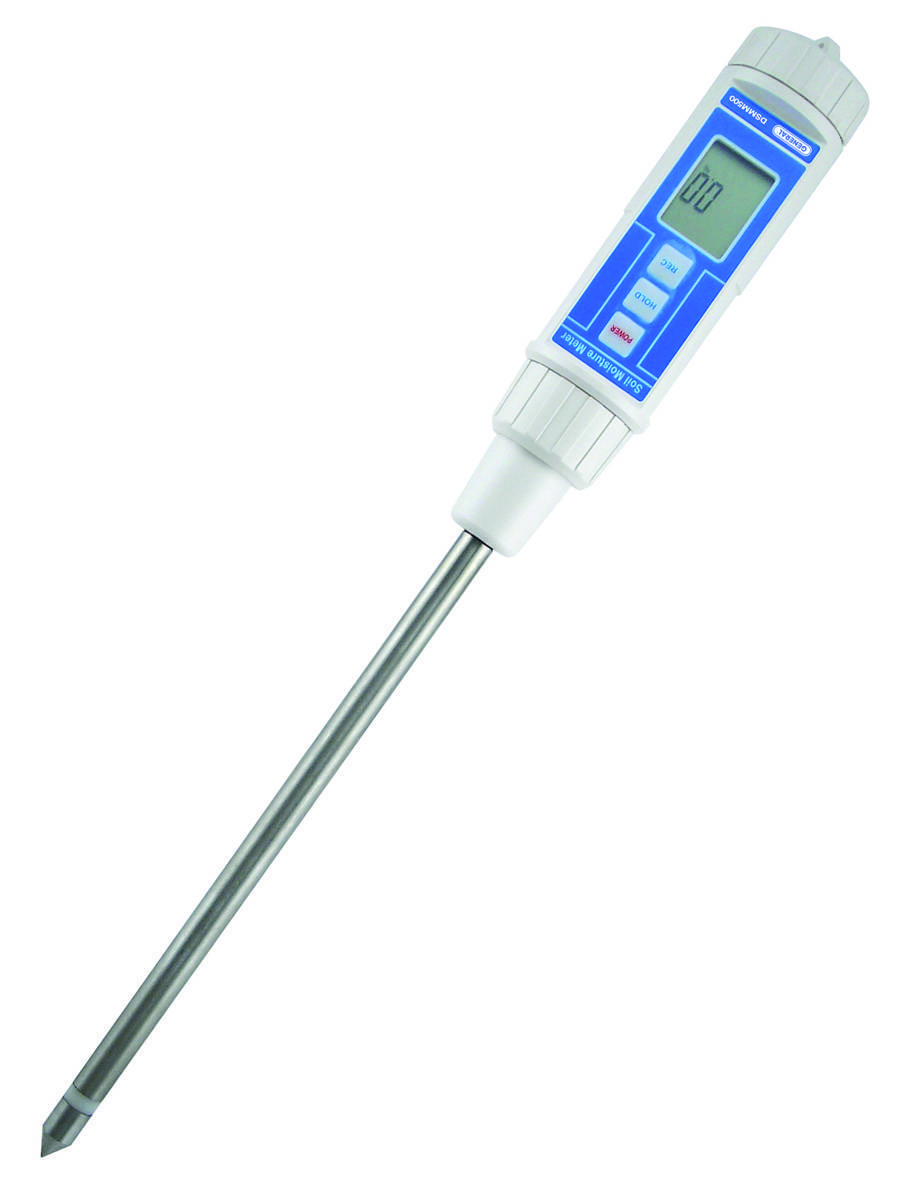Exactly how to Utilize a Moisture Meter to Discover Covert Water Damages in Your Building
Exactly how to Utilize a Moisture Meter to Discover Covert Water Damages in Your Building
Blog Article
Explore the World of Moisture Meters: Every Little Thing You Need to Know
In the world of moisture meters lies a world of precision and functionality that usually goes undetected. These tools, while seemingly simple, hold a wide range of details that can substantially influence different sectors and applications. Comprehending exactly how moisture meters run, the various kinds available, and their diverse uses can clarify their significance in making sure quality and effectiveness. By discovering the complexities of wetness meters, one can discover a valuable device that transcends plain dimension, supplying understandings that can make a significant distinction in numerous fields.
Just How Moisture Meters Work
Moisture meters operate by determining the electrical conductivity or capacitance of products to identify the dampness material existing. These meters are indispensable tools across different markets, including woodworking, farming, and construction. By utilizing various techniques such as pin-type or pinless technology, dampness meters provide accurate readings that aid experts make educated choices.
Pin-type wetness meters function by putting the sharp pins into the product being examined. On the various other hand, pinless moisture meters utilize electro-magnetic signals to check a bigger location without triggering any kind of damages to the product's surface.
No matter the method utilized, moisture meters play an essential role in preventing concerns such as mold development, structural damages, or product flaws triggered by excess dampness. Comprehending exactly how these meters job is essential for making certain the quality and integrity of materials in numerous applications.
Types of Moisture Meters
Provided the vital role wetness meters play in numerous industries, it is necessary to recognize the various kinds readily available to professionals for accurately assessing wetness degrees - Moisture Meter. There are primarily 2 main sorts of wetness meters: pinless and pin-type dampness meters

On the various other hand, pinless moisture meters make use of electromagnetic sensing unit plates to check a bigger location of the product without creating any type of damages. This type appropriates for quickly scanning huge areas and is commonly utilized for flooring, walls, and ceilings. Pinless meters are hassle-free for taking readings on finished surfaces without leaving any noticeable marks.
Both types of wetness meters have their advantages and are picked based on the particular needs of the work at hand. Understanding the distinctions between these kinds is critical for experts to make precise dampness analyses.
Applications Throughout Industries
Building and construction experts depend on wetness meters to assess the moisture degrees in building materials like concrete, drywall, and timber, which is critical for keeping architectural integrity and protecting against problems like rot or mold and mildew. The flooring market click to investigate uses wetness meters to determine the wetness web content in subfloors prior to installing various flooring treatments, preventing expensive problems due to excess moisture. In the food sector, wetness meters are made use of to keep an eye on and control moisture degrees in items such as grains, nuts, and dried out fruits to preserve quality and high quality.
Tips for Utilizing Wetness Meters
Use the moisture meter's calibration settings to guarantee exact readings when measuring the wetness web content in numerous materials. In addition, make certain the meter is established to the appropriate wetness array for the product you are measuring to obtain the most specific outcomes.
When making use of a pin-type wetness meter, place the pins to the suitable depth advised for the product being evaluated. This ensures that the dampness readings are taken from the appropriate depth within the material, providing an extra precise representation of its moisture content. For pinless moisture meters, bear in mind to keep correct call with the material's surface area to obtain trusted readings.
On a regular basis examine and change the batteries in your dampness meter to stop inaccurate analyses because of low power. Shop the meter in a dry and secure area when not being used to prolong its life-span and keep its accuracy. By adhering to these ideas, you can make the most of the efficiency of your dampness meter and get exact dampness web content dimensions across different products.
Maintenance and Calibration
To make sure the precision of dampness material dimensions, routine maintenance and calibration of the dampness meter are vital actions in its correct functioning. Calibration adjusts the dampness meter to ensure that it offers constant and trustworthy outcomes.
Calibration ought to be done regularly, especially if the moisture meter is utilized regularly or in critical his comment is here applications where exact measurements are required. By maintaining and calibrating the wetness meter consistently, customers can rely on the accuracy of the dampness material dimensions acquired.
Final Thought

Finally, dampness meters play a critical function in various sectors by precisely determining the dampness web content of materials. Understanding how these devices function, the different kinds readily available, and correct maintenance and calibration are important for obtaining reputable outcomes. Whether in agriculture, manufacturing, or construction, using moisture meters assists ensure top quality control and efficiency in procedures.

In final thought, moisture meters play a critical role in numerous industries by precisely gauging the wetness content of materials.
Report this page